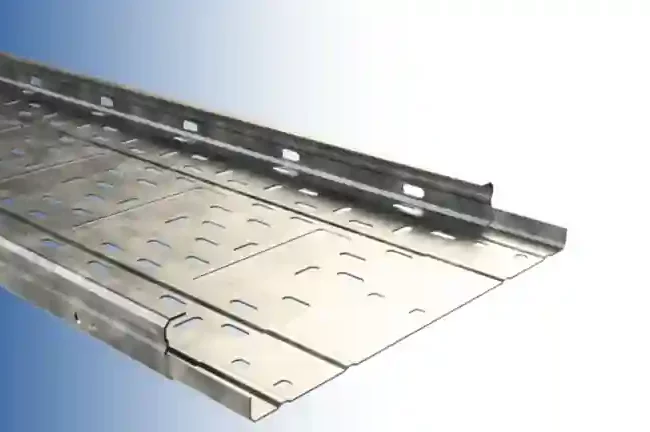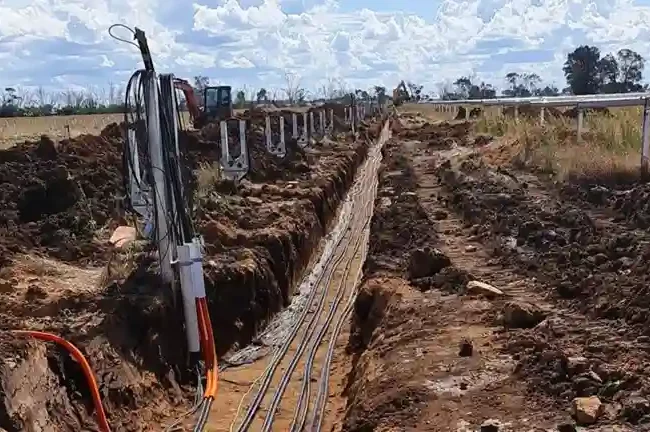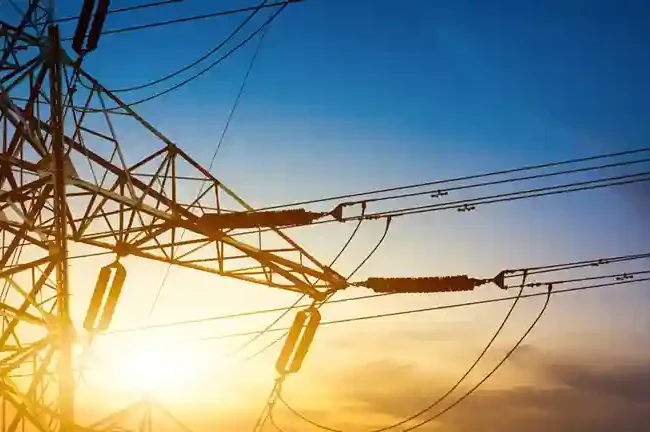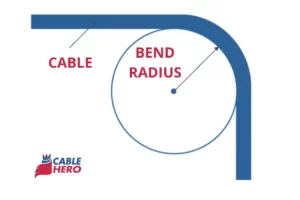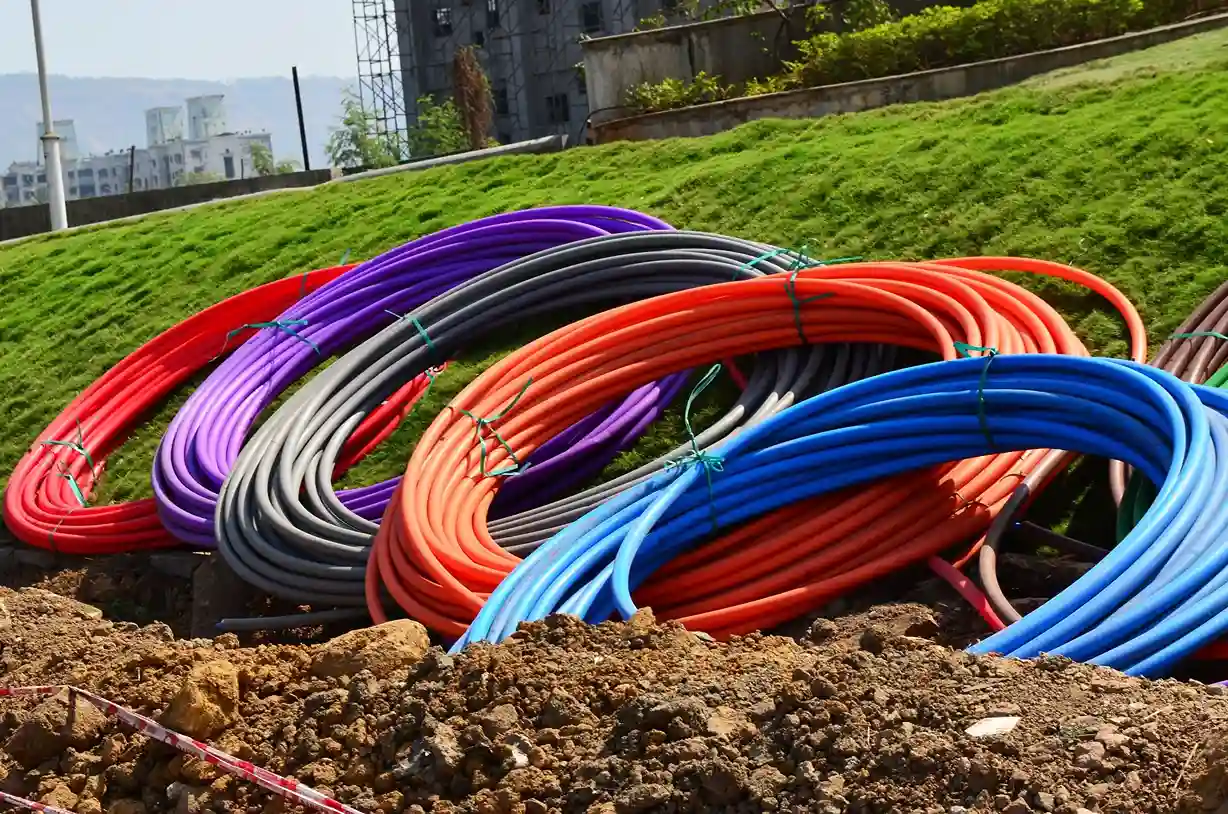
Why Is Derating Cables Necessary?
You can customise your cable sizing calculations to determine derating factors based on AS/NZS 3008 using our CableHero cable sizing calculator.
But why is it important for us to derate electrical wires?
Let’s understand cable derating in this article.
What does derating mean?
According to Merriam-Webster, derating is the process of lowering the rated capability of something, such as an electrical cable or machine because of deterioration or inadequacy.
In cable selection, the derating factor is applied to decrease the cable’s current carrying capacity.
What is the purpose of derating?
Derating your electrical cables will guarantee that all possible factors which can increase the temperature tolerated by the installation are thoroughly considered when choosing cables in order to avoid damage to the cable insulation and minimise system losses.
Proper cable derating helps you keep cable temperatures within its design specifications and extend the life of your cable insulation.
The main purpose for derating cables is heat.
Heat builds up as current flows through the wire because of the resistance of the electrical cable. And when you have several circuits working in close proximity, it can further cause the rise in temperature of your conductors.
When wires are grouped next to each other, they will be incapable of dissipating heat easily. It can be dangerous when they reach hotter operating temperatures.
The resistance of your wires per metre, called linear resistance, is not substantial. However, when the length of your electrical cables is long, the resistance accumulates causing a voltage drop. When your wires heat up, the linear resistance increases which causes a decrease in your system’s output.
9 Factors That Cause Cables To Heat Up
Load Factor
To identify the load factor (LF), compare the average power supplied to your system and the highest load or maximum power within a specific period of time.
If the value of your LF is low, the temperature increase generated by the wires can be dissipated through the system’s local environment. It will enable your electrical cables to work at a lower temperature.
The bigger the value of your LF, the more your electrical cable is used over a specific time. And if the value of your LF reaches 1, your wiring will operate closer to the maximum power for a greater period of time. Thus, the temperature of your cable and its local environment will be hotter.
Ambient Soil Temperature
Evaluate the location of your installation. Ambient soil temperatures directly affect the electrical cables you wish to place within the soil.
Ambient warm soil decreases the dissipation of heat from your cables which causes it to get hotter.
So, there will be a need to derate your cables to decrease their ampacity.
Soil Thermal Resistivity
The thermal resistivity of soil is a calculation of how badly a material conducts heat.
Cables that are installed underground transfer heat to the soil through the surface which touches the soil.
Laboratories determine the thermal resistivity and moisture content of the soil. Samples of the soil are dried and are measured at different moisture content levels.
Note that the soil containing more moisture will have a lower thermal resistivity because water is a good conductor of heat. If the soil is dry, it will have a higher thermal resistivity.
Dry soil has higher thermal resistivity. And as a result, it will be more challenging for your cables to dispel heat. Derating factors that decrease the current carrying capacity are essential to avoid too much heat build up in your cables.
Moisture rich soil will have lower thermal resistivity and will help dissipate heat from your cables and keep your cables cooler when they are working.
Type of Installation
They are different ways to install electrical wires. Depending on your project, your cables can be enclosed in conduits, unenclosed and exposed in air, or buried directly underground.
AS/NZS 3008 enumerates four different methods of installation:
- Unenclosed Spaced
- Unenclosed Touching
- Unenclosed Exposed to Sun
- Enclosed Wiring Enclosure in Air
Your chosen type of installation will directly affect the ampacity of your wires. This is because when the local environment or material surrounding your cables changes, the ability of your cable to disperse heat also changes.
According to the AS/NZS 3008, the smallest possible value of derating is needed when your wires are installed in air or properly arranged away from a surface and other conductors.
In contrast, the derating factor should be at its highest when your electrical cables are buried underground in an enclosure with other wires. And so, derating factors should be calculated accurately to be consistent with your preferred installation method that shows the real current carrying capacity of your cables.
Joule Heating
Joule heating, also referred to as Ohmic heating, is the process of electricity running through your electric wires. The electrons are flowing back and forth within the cable. These electrons are also pulled along by an electric field and are knocking against atoms that make up the wire. When it occurs, it transmits a portion of its kinetic energy to that atom. This causes the atoms to heat up and the overall conductor temperature to rise.
Joule’s law describes this process as P = I2R, wherein “I” is the Current moving through the cable and “R” is the cable’s internal resistance.
Depth of Your Cable
It is important to plan out the burial depth of your cables. Because as the depth increases, the thermal resistance of the layer of soil around your cable increases. The difficulty of the soil to disperse the heat produced by the cables rises, and so the cables will run hotter.
The ampacity of your electrical cable needs to decrease as it is buried deeper into the soil to make sure it will run within the heat limit of the insulation. Thus, your cables that will be buried deeper will be put through larger derating factors than wires that are buried at up to 0.5m shallow depths.
In addition, your electrical cables that will be installed within a wiring enclosure underground will experience additional thermal resistance because of the presence of more air around your cables. So, your cables have to be derated more to consider the resistance caused by the air envelope that surrounds your cables.
Insulation of Your Cable
Your chosen cable insulation is also important in determining your cable’s current carrying capacity and its capability to endure severe environmental temperatures. So, if your installation will experience high temperatures but a high current carrying capacity has to be kept, then it is advisable to use a higher rated cable insulation so your cables will not melt under normal running circumstances.
The Proximity Effect
Merriam-Webster defines this as the mutual effect of the currents in closely adjacent conductors (as the turns of a coil) producing an apparent increase in resistance especially with high-frequency alternating current.
If your electrical installation involves multiple cables carrying the same alternating current to lie side-by-side, or several wires are placed within the same conduit or in adjacent conduits, the current carrying capacity of your cables will also lessen due to the proximity effect.
The proximity effect will result in additional current crowding that increases the resistance of your cable. As this increase in current frequency occurs, the proximity effect will also be greater.
If you have wires operating parallel next to each other, while having the same alternating current running in both cables in the same direction, the magnetic field of the adjacent cable will induce longitudinal eddy currents in your cable. This will result in the current to be concentrated in a narrow strip on the side adjacent to the other cable. When the current in your cables move in opposite directions, the currents are concentrated on the side farthest from the adjacent cable. The resistance will increase and thus the heat your wires produce will also be greater.
Skin Effect
The resistance of your cable depends on its size or cross-sectional area.
A cable with a larger cross-sectional area will allow more electrons to move and will have a lower resistance for a given length.
The skin effect decreases the use of your cable’s cross-sectional area. When you have high frequencies, the alternating current cannot go deeper into your cables because of eddy currents that are generated in the materia.
This is called the skin effect because it tends to flow near the surface. So, for instance, if you opt for a solid-core wire, the current will run in a layer at the surface, and lesser current moves through the material near the centre of your cable. This decreases the cross-sectional area of your cable.
The lower the cross-sectional area is for the current to move through, the greater the resistance of your cable. If the frequency of the current is greater, the current will penetrate more shallowly. More current is going to be crowded into a smaller cross-sectional area near the surface and will increase the alternating current resistance.
Direct currents, however, are not affected by this effect as it has zero frequency.
CableHero Cable Size Calculator: Automatic Cable Derating
Try CableHero. Our high performing cable sizing calculator can help you choose your cables correctly. Calculate the right cable sizes while taking into account all cable derating factors for your installation to comply with AS/NZS 3008. Register for a free trial today.
Disclaimer: Although CableHero provides important and accurate tips and information through this website, CableHero does not make any representations or warranties as to the completeness, precision, trustworthiness, or timeliness of such information, and CableHero does not claim any duty to be held liable from the usage of the information.


